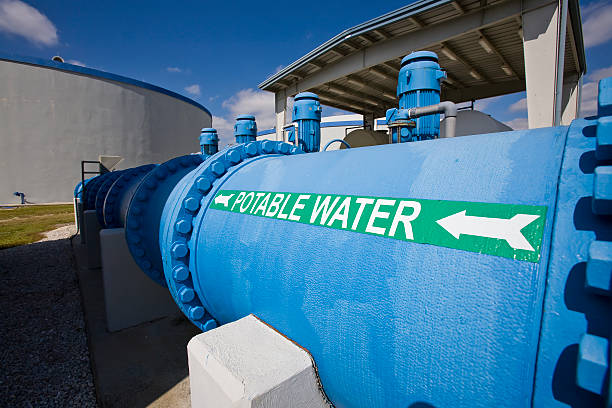Bromodichloromethane

Bromodichloromethane is a colorless, nonflammable liquid. Safe Home offers a few kits that provide drinking water testing for bromodichloromethane in city and well water supplies.
Parameter Type: Drinking Water Testing for TTHM'sVolatiles
Parameter Name: Bromodichloromethane
What it is and Where it Comes From:
Bromodichloromethane is a trihalomethane with formula CHBrCl2. Bromodichloromethane has formerly been used as a flame retardant, and a solvent for fats and waxes and because of its high density for mineral separation. Now it is only used as a reagent or intermediate in organic chemistry. Bromodichloromethane can also occur in municipally-treated drinking water as a by-product of the chlorine disinfection process. Small amounts are formed naturally by algae in the oceans. Only small quantities of bromodichloromethane are produced in the United States. The small quantities that are produced are used in laboratories or to make other chemicals. Drinking water testing gives you several benefits like peace of mind, identifying contaminants in your water, and insight into health concerns. Safe Home offers Laboratory drinking water testing kits for Bromodichloromethane, allowing you to collect your water sample and ship it directly to our EPA-Certified Laboratory. This platform of drinking water testing for Bromodichloromethane will give you an accurate level based on the lowest level of a parameter our instruments can detect (Method Detection Level). Safe Home drinking water testing for TTHMs can be used for city and well water supplies. Drinking water testing should be done any time you notice a significant change in your water quality.
Health Effects:
Studies in lab animals have found liver damage, kidney damage, and decreases in immune response. Bromodichloromethane can also cause an increase in early pregnancy miscarriages and decreases in birth weight in animals. These effects found in animals happened at levels much higher than what humans normally would be exposed to in their homes or their everyday environment.
Solutions to Contaminant Levels:
You have completed the drinking water testing process, what Is the next step? A filter with granular activated carbon (GAC) is a proven option to remove certain chemicals, particularly organic chemicals, from water. GAC filters also can be used to remove chemicals that give objectionable odors or tastes to water such as hydrogen sulfide (rotten eggs odor) or chlorine. Reverse osmosis is a process that removes foreign contaminants, solid substances, large molecules, and minerals from water by using pressure to push it through specialized membranes. Here’s how reverse osmosis works. Unlike osmosis, which is a passive process, reverse osmosis requires external force (pressure) to work. Pressure is applied to a highly concentrated solute solution, such as salt water, to pass through a membrane to a lower concentrate solution. The membrane allows water to flow through but blocks out larger molecules, like contaminants. The reverse osmosis process leaves higher concentrations of solute on one side and only the solvent, or freshwater, on the other. Who do I need to contact to find out more information about water quality in my area? Every community water supplier must provide an annual report to its customers, known as a Consumer Confidence Report (CCR). The report provides information on your local drinking water quality, including the water’s source, contaminants found in the water, and how consumers can get involved in protecting drinking water. How often does the local public water system preform drinking water testing? Frequency of drinking water testing depends on the number of people served, the type of water source, and types of contaminants. Certain contaminants are tested more frequently than others, as established by the Safe Drinking Water Act. You can find out about levels of regulated contaminants in your treated water for the previous calendar year in your annual Consumer Confidence Report (CCR).


